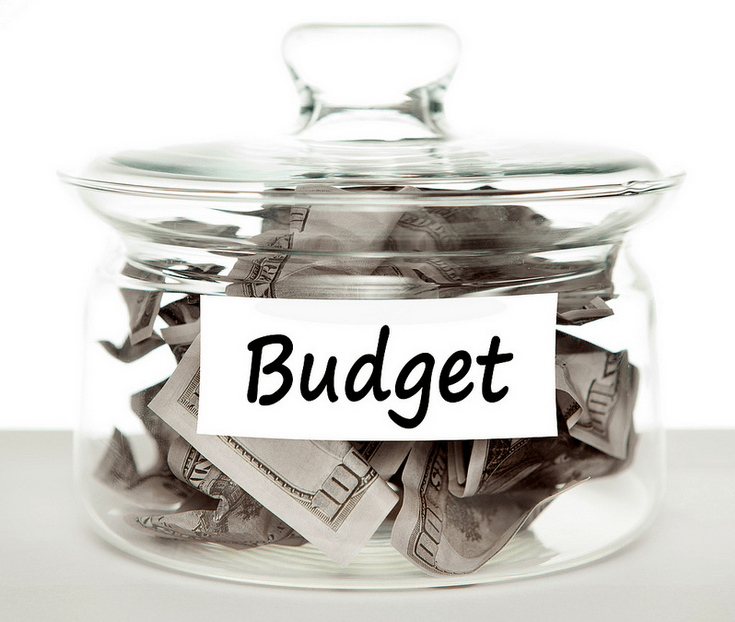This is the final installment of a three-part series about finding ways to give no matter how much you earn.
In my last two posts, I talked about how I chose to set up a giving plan and make some lifestyle changes so that I could give while living on less than $30,000 a year. Now that I’m four years into my pledge to give, I want to share some of the things that have helped keep me on my goal to give—even during times when I found it harder to do so.
Part III: Keeping Your Motivation
Give first. We’ve all heard the old personal finance adage: “Pay yourself first.” This means that before you pay your rent or mortgage, the utility payments, and the groceries, you ideally would set side a portion of your paycheck for your own personal savings goals. After that, everything left is what you have for bills and discretionary spending for the month.
I’ve found that this truism works just as well for helping me stick with my pledge to give.
Once I decide how much I’d like to give at the beginning of the year, I calculate how much money I need to set aside each month into order to reach my yearly percentage goal. Several high yield online savings accounts let you create multiple savings accounts free of charge. I have one named “5% Donation 2014” and each month I immediately move a portion of my paycheck into this account. Keeping this money separate from the money I use to pay my bills and the rent has helped me stay organized so that I can give what I pledge at the end of each fiscal year. At the end of the year, I donate the sum in my account along with whatever interest that sum has accumulated.
Try setting up an online account and giving first as soon as you get paid each month. I’ve had success with CapitalOne360. Another online high-yield bank that offers multiple savings accounts is Ally Bank. If you don’t have an online account or would prefer to do your banking in person, check with your local bank branch to see whether it might be possible to set up a separate linked account for your monthly donations.
Share your paycheck “windfalls.” What happens when life hands you unexpected expenses? For sure, I’m not always perfect in my own intentions to set aside money each month. But fortunately, several times a year, I get an opportunity to add additional income to my annual pledge account. If a portion of your income is paid on a semester schedule (as in my case), or you get biweekly paychecks, this means that at certain points in the year you get an extra paycheck in addition to your regular one. In the latter case, during some months, you will get not two but three paychecks.
Studies have shown that those who get paid biweekly manage to save more than those who get paid on a monthly basis. By living on less than what you actually make if you were to divide your annual income by 12 months, you’re already used to living on less than what you actually earn annually. Even if you don’t get paid biweekly, nearly everyone gets a tax refund from Uncle Sam in late April. The same concept applies.

Go! Just like in Monopoly, life often hands us small “windfalls.” Will you share the wealth? (Creative Commons shared image by Rich Brooks.)
What should you do with your paycheck “windfalls” if you get bonus payments at certain points in the year? For me, I treat my bonus paychecks just like my regular ones—a portion of it goes directly into my pledge account. The difference, however, is that I don’t need my bonus paychecks or tax refunds to pay the rent or bills. This means that at several times a year I have the freedom to give a lot more than I normally would in any given month.
Track every dollar. Everyone goes through life changes and even small ones can have a big impact on the way we live and spend. Last year, my partner spent a few months working in another state for research purposes. During these months when I was living by myself, I felt less motivated to cook meals just for one. No regular meal times meant no leftovers, which meant I ate fewer home packed lunches at work. Without someone to share the rent costs, in addition to the extra costs of eating out, I found myself struggling to put aside any money each month to give. At this point, I decided to track exactly where my money was going every month, so that I could reassess my spending.
There are a number of great online tools that let you track your spending for free. While trying to figure out where my money went during the few months I was living alone last year, I used the free budgeting website Mint.com to track and categorize my expenses. I don’t track my expenses every month, but doing it once in awhile helps me stay focused on my pledge to give. Tracking my money helped me see exactly what areas I could cut back on in order to allocate money to reach my giving goals.

Where does your money go? Track every dollar by making a budget. (Creative Commons shared image by Tax Credits.)
Remind yourself of your intentions. For me, this is as easy as retyping my annual salary into one of the many online calculators that shows what percentile my income places me relative to global income (My $27,000 puts me in the richest top 4.4 percent!). Remind yourself of the intentions that brought you to pledge in the first place by reassessing your income from time to time. To see where your income places you relative to the average person’s wealth, re-visit Giving What We Can to remind yourself how your salary stacks up relative to global incomes.



